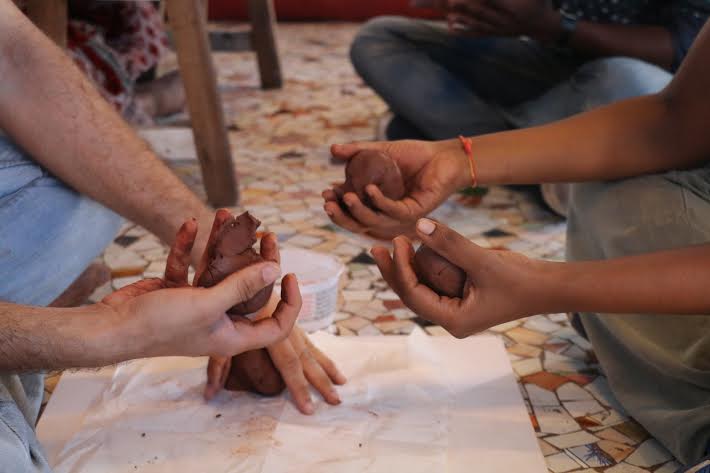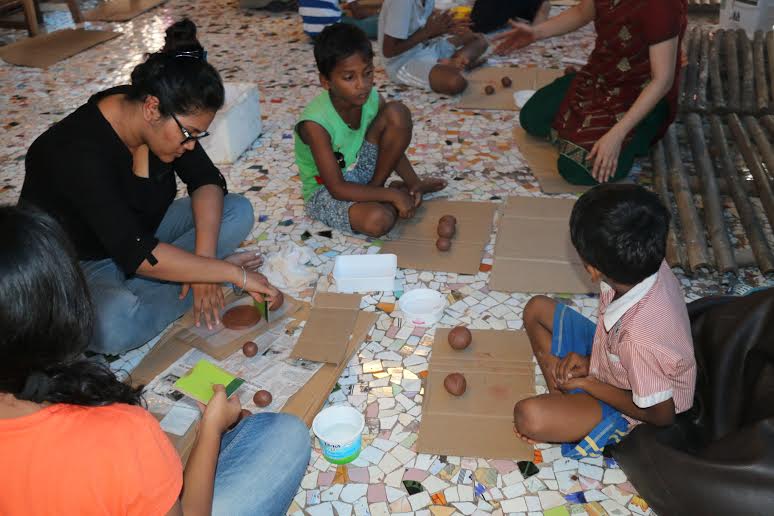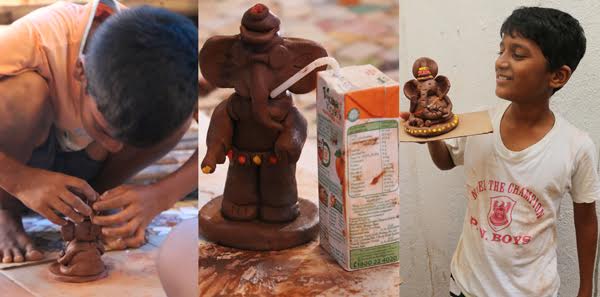
Ganesh Chaturthi, in its origin, was a festival that signified the cycle of life.
The real essence of Ganesh Chaturthi
As devotees sculpted the Ganpati idol from mud and unburnt clay, they infused it with the spirit of life, symbolic of how Parvati gave birth to Ganesha. Ganpati was then invited home and worshipped for a certain number of days, then immersed in water to return it to its original form of loose mud, thereby sending him home with the hope that he would return next year.
Now, the festival is an environmental challenge
The irony is that this very festival has now become a social and environmental concern; a "hybrid urgency of Metropolitan India". The biggest of these concerns is the pollution of our precious water bodies by the chemical constituents of the PoP idols and the toxic paints used to decorate them. There is a growing awareness of this issue and a drive to alter these practices to make the festival cleaner.
How can we make a difference?
In the spirit of this drive, The Hive, a community centre based in Mumbai, hosted a 'Make-your-own-eco-friendly-Ganpati-workshop' this year. Two talented women; Rupal Shah and Chaitali Mahajan, art graphics teachers, conducted the event. They taught an easy way to use unburnt clay to make small Ganpatis, not more than five to eight inches tall. They then used sabudana grains dyed with kumkum and haldi for a splash of colour. With nine participants and donations from them and other members and guests of the Hive family, money was raised to finance modelling material for 15 children from the locality Hive calls home; Chuim Village, Khar.



Little hands at work. Photos by QurratulAin Contractor, Aarsha Nair & Shikant
This effort was not just to educate people about eco-friendly practices, but also to introduce participants to their own creativity. In the process, all social barriers were broken as children from different backgrounds sat together and modelled Ganpati with dark red clay .
In 1893, nationalists like Lokmanya Tilak reshaped the Ganesh festival from a small family affair into an act of political retaliation. The popularity of Lord Ganesha made it a perfect platform to unite people against British rule. This act set a flavour of activism associated with the festival.
Here's wishing Mangal Murthi to everyone!
(The article has been written by QurratulAin Contractor. She is an architect who believes that the love for trees could be the unifying force for all of humanity )







![BJP's Kapil Mishra recreates Shankar Mahadevan’s ‘Breathless’ song to highlight Delhi pollution [WATCH] BJP's Kapil Mishra recreates Shankar Mahadevan’s ‘Breathless’ song to highlight Delhi pollution [WATCH]](http://images.catchnews.com/upload/2022/11/03/kapil-mishra_240884_300x172.png)

![Anupam Kher shares pictures of his toned body on 67th birthday [MUST SEE] Anupam Kher shares pictures of his toned body on 67th birthday [MUST SEE]](http://images.catchnews.com/upload/2022/03/07/Anupam_kher_231145_300x172.jpg)






